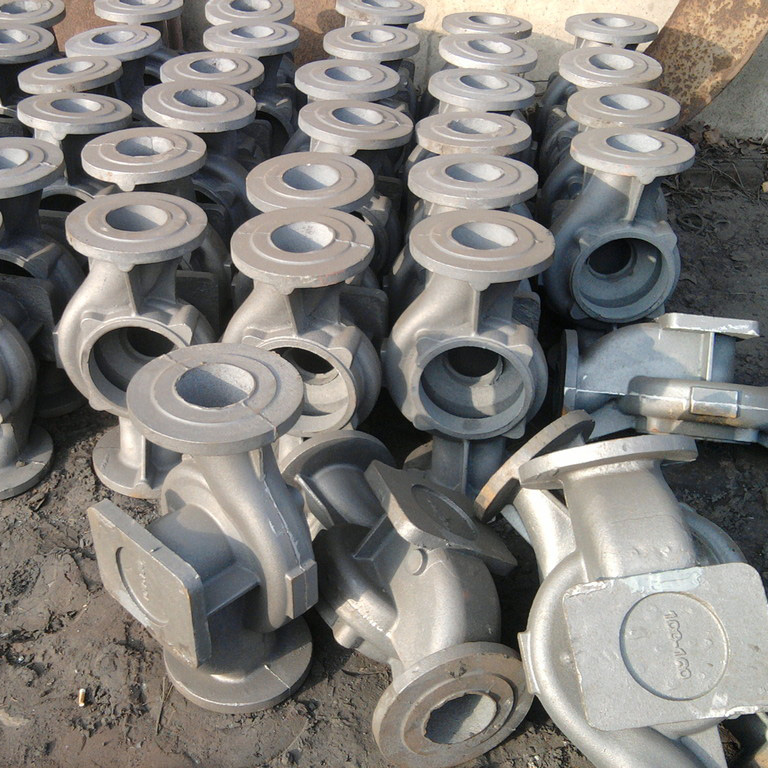The basic characteristics of molding sand for high-density gray iron castings in large-scale casting are: high clay content, low water content, and low addition of coal powder. Therefore, when mixing sand, it is important to master the following aspects.
1. Clay content and mud content. The compressive strength of molding sand with high clay content also increases with the increase of specific pressure. Generally, the reasonable range for sodium based bentonite is 7% to 10%. The sum of reasonable clay and dead clay in molding sand is equivalent to the powder content, which is generally controlled between 12% and 16%. Excessive or insufficient powder content can harm various performance parameters of molding sand.
2. Moisture. The moisture in the sand used in the production of lost foam castings is a key factor in determining the plastic deformation and bonding force of clay. When the moisture content is too high, it is easy to cause a deterioration of the clay bonding force, reduce the flowability of the molding sand, and cannot obtain a uniform relative density of the mold. When the moisture content is too low, the molding sand is not easy to mix, the compressive strength of the molding sand is low, the ductility is large, and the moldability is poor, which can easily cause slag inclusion in the casting. The general moisture content should be controlled to be 10% to 20% higher than the moisture content obtained when the wet compressive strength * is higher.
3. Original sand particle size. When designing high-density shapes, the sand mold has a relatively high density, which can cause significant fluctuations during pouring. Therefore, the original sand particle size is not suitable for excessive concentration. The original sand particles are round or hexagonal, and generally three or four screen sand are selected.










